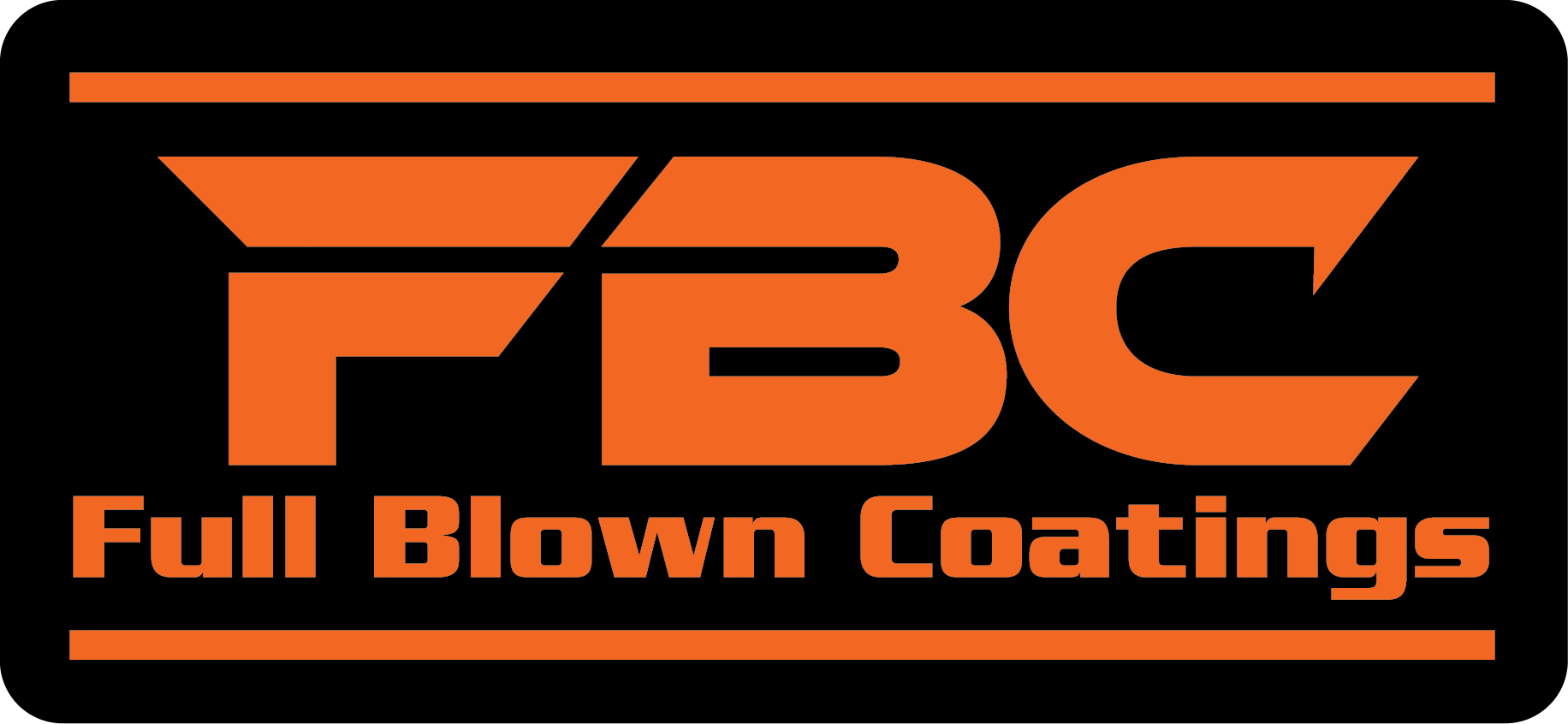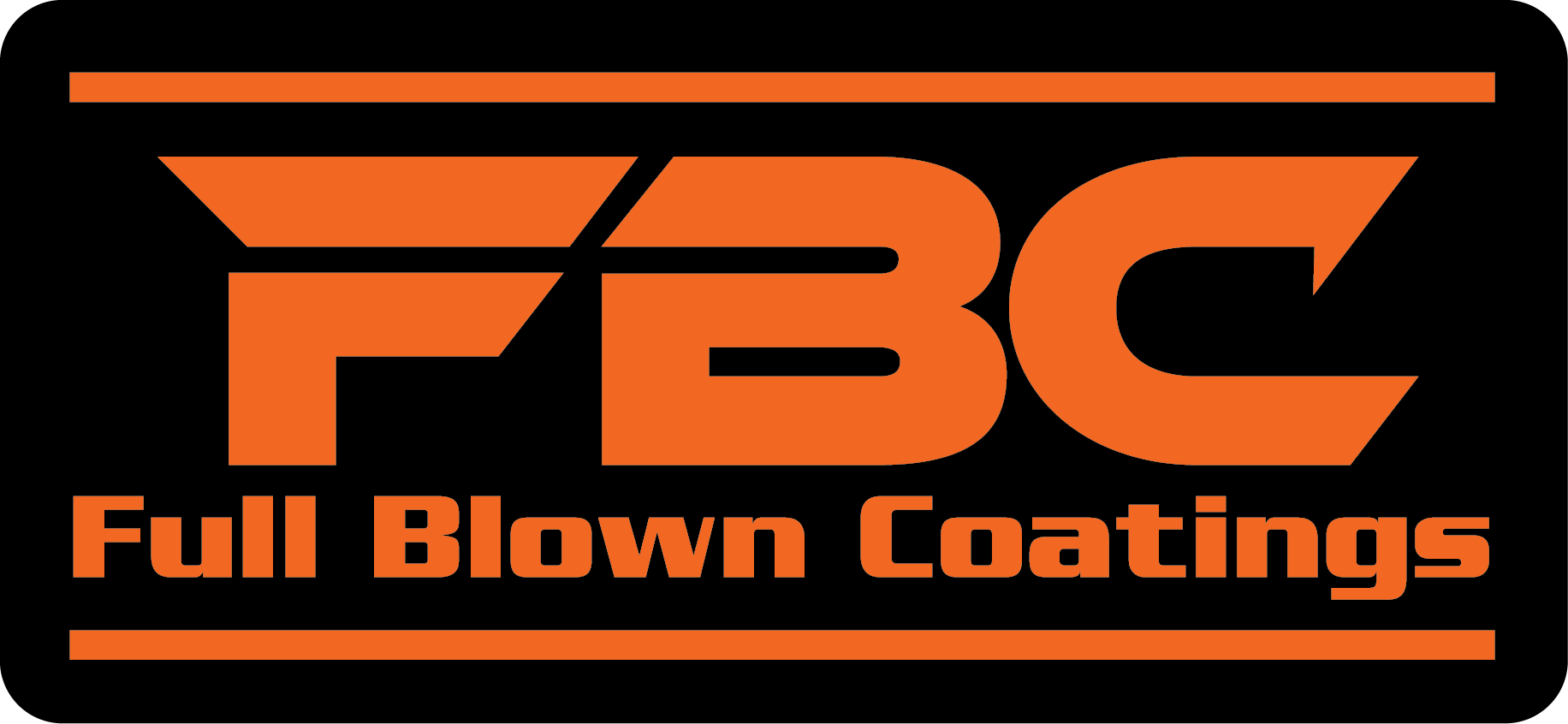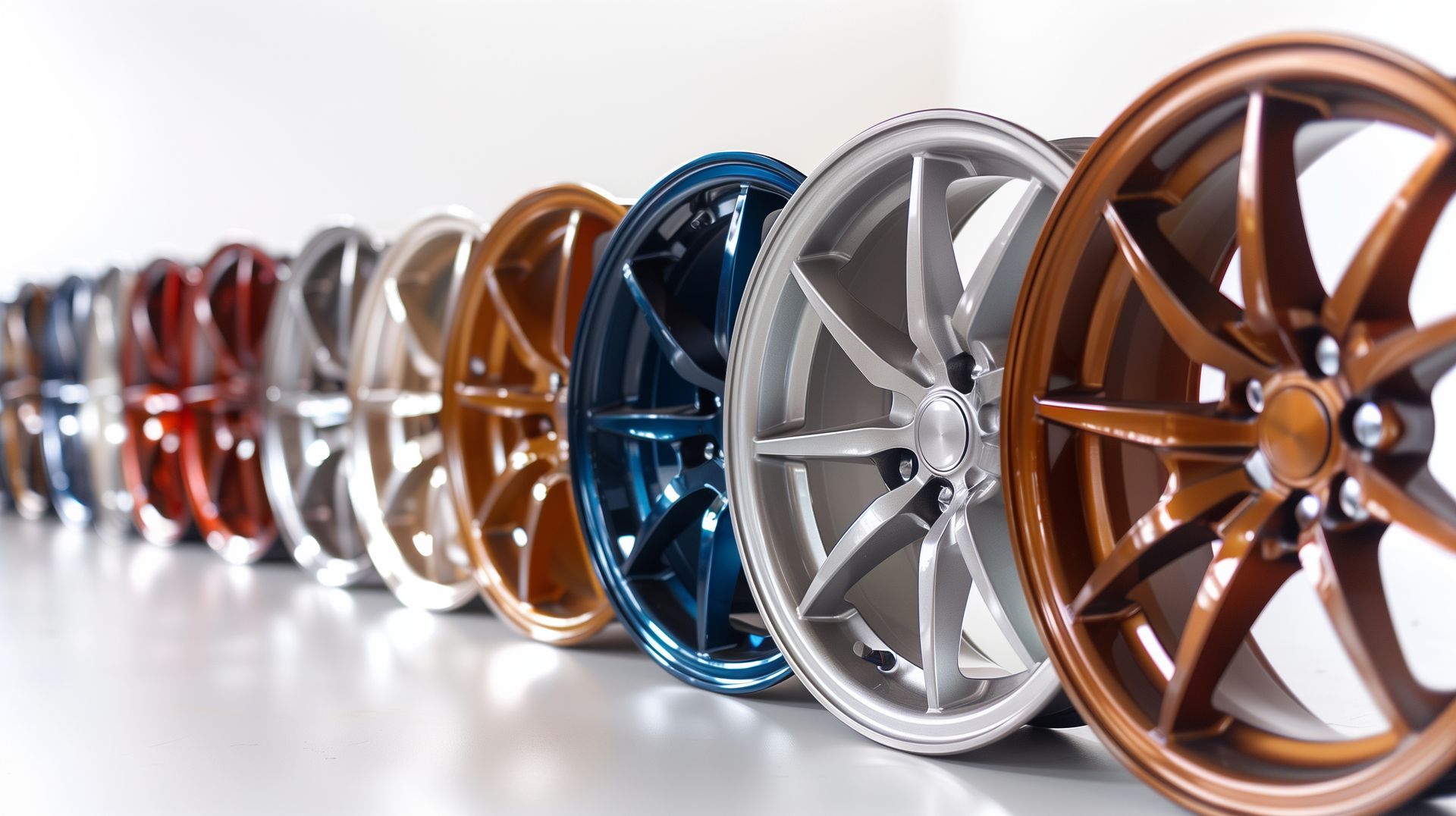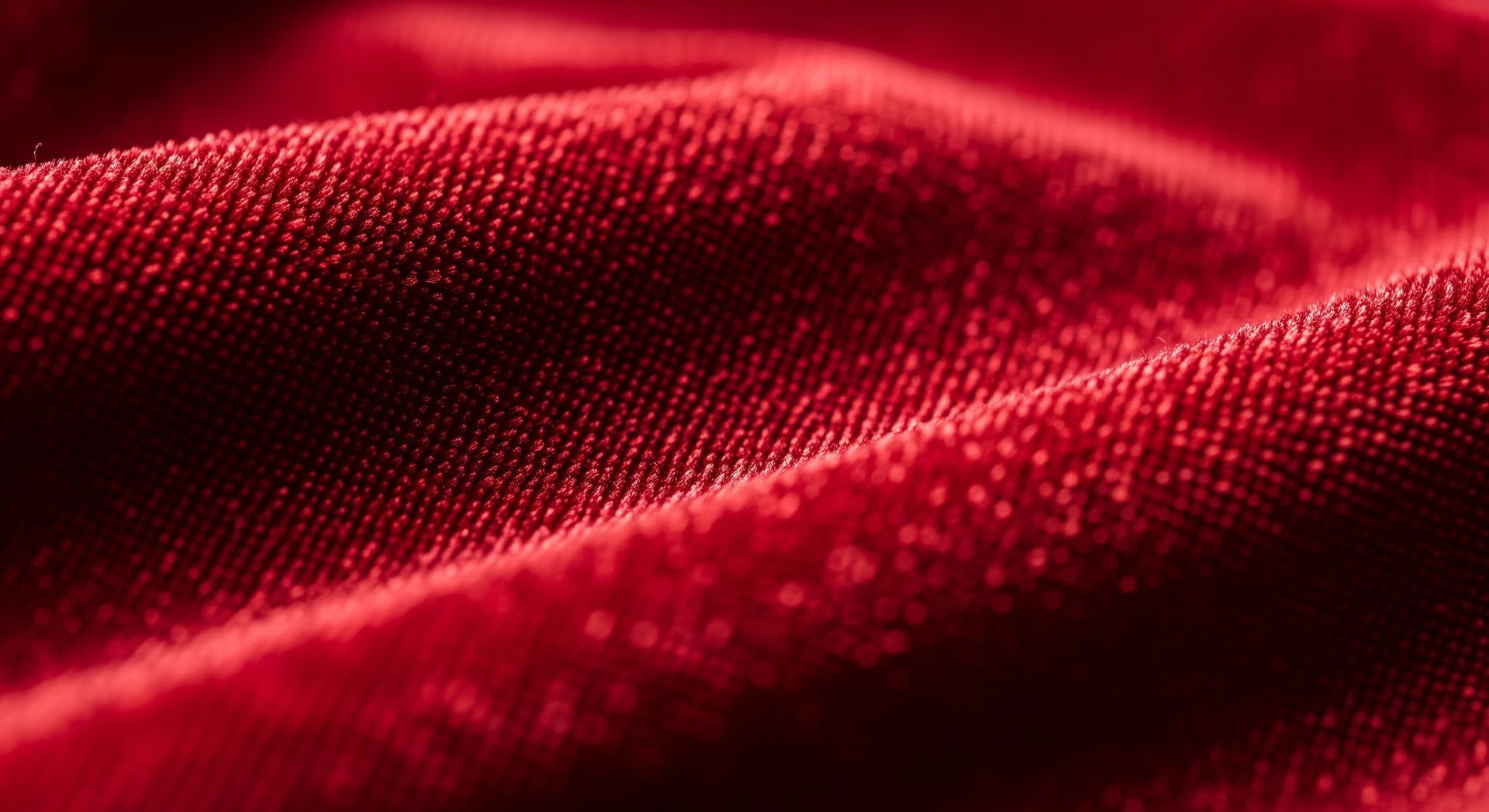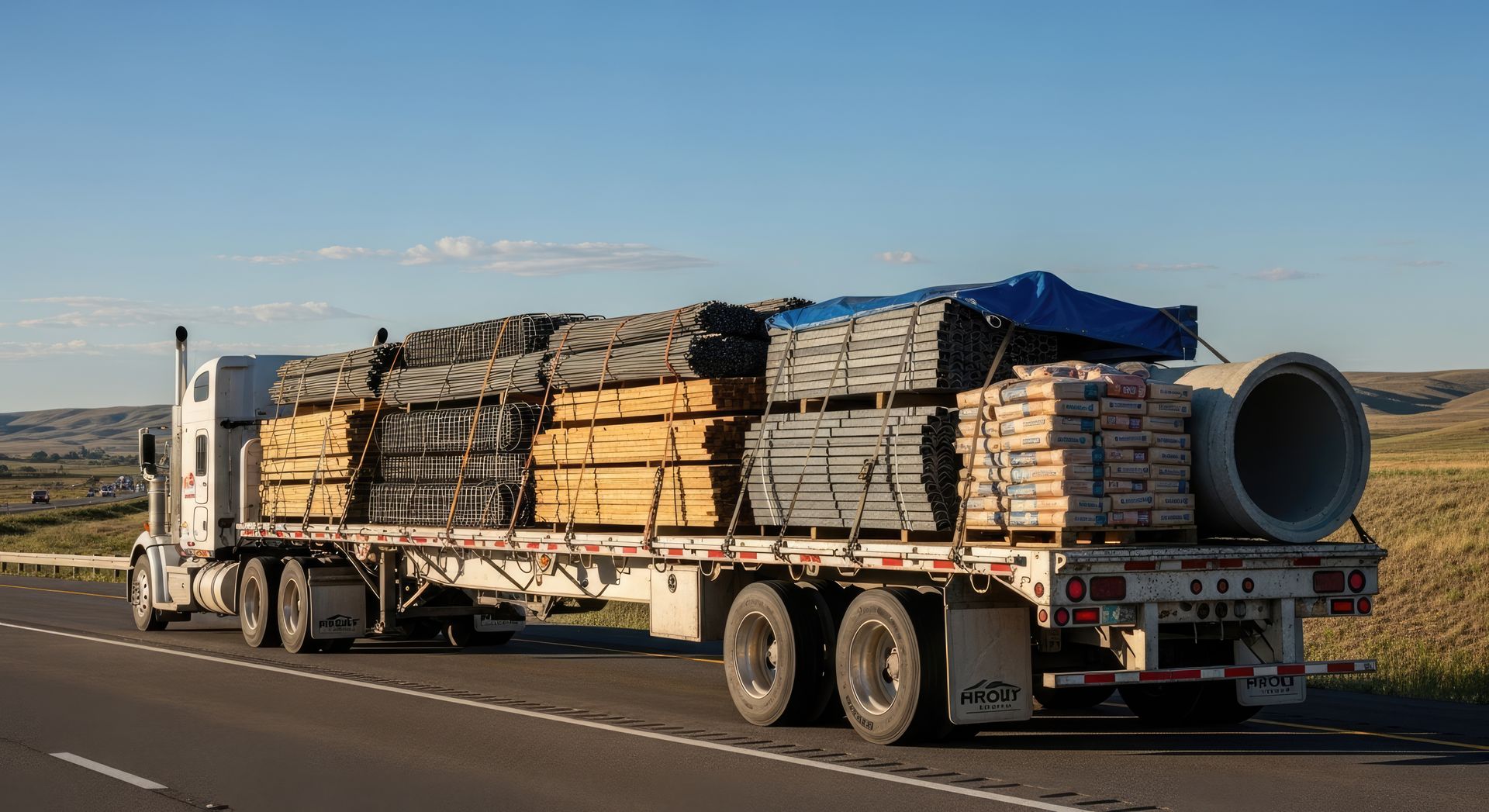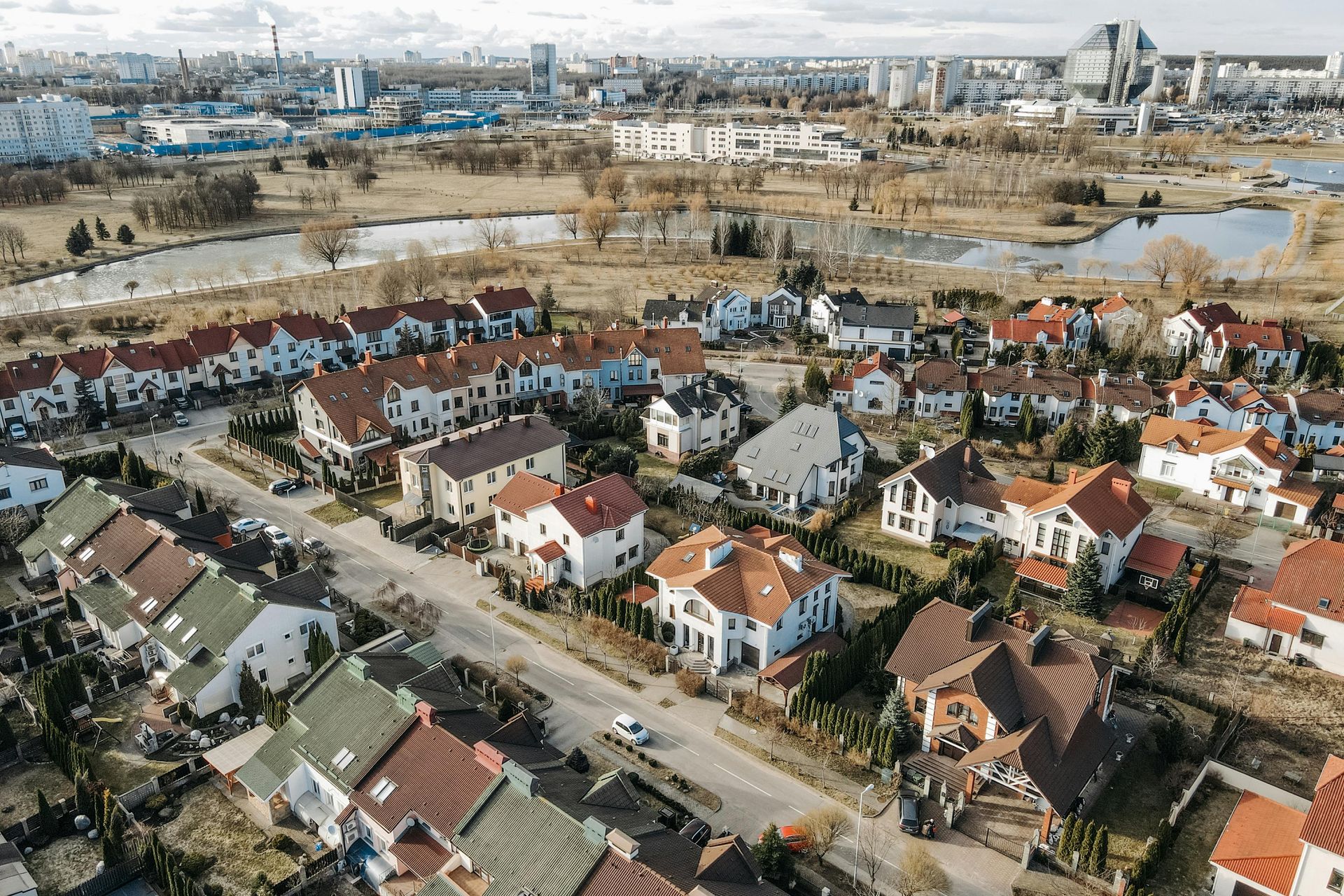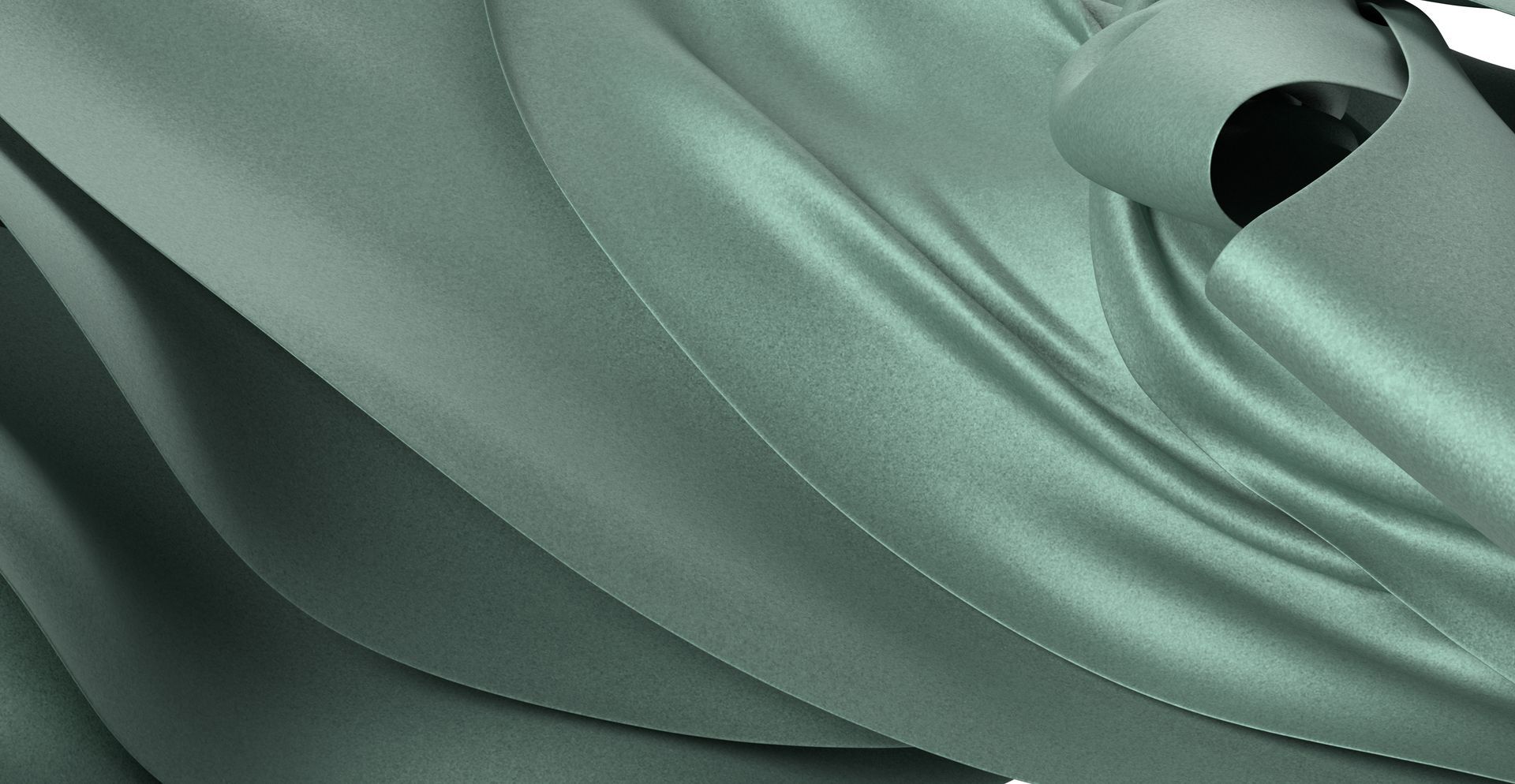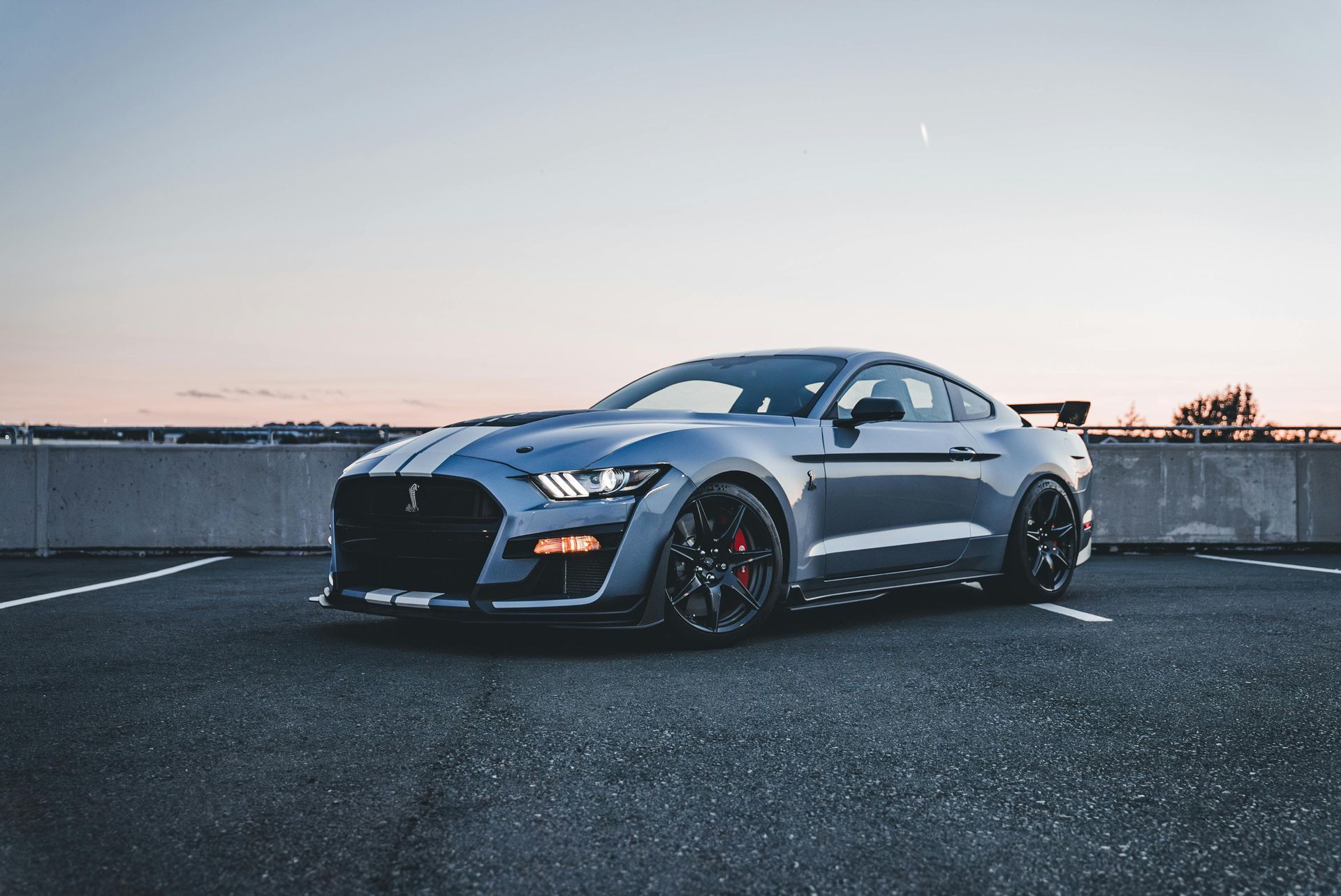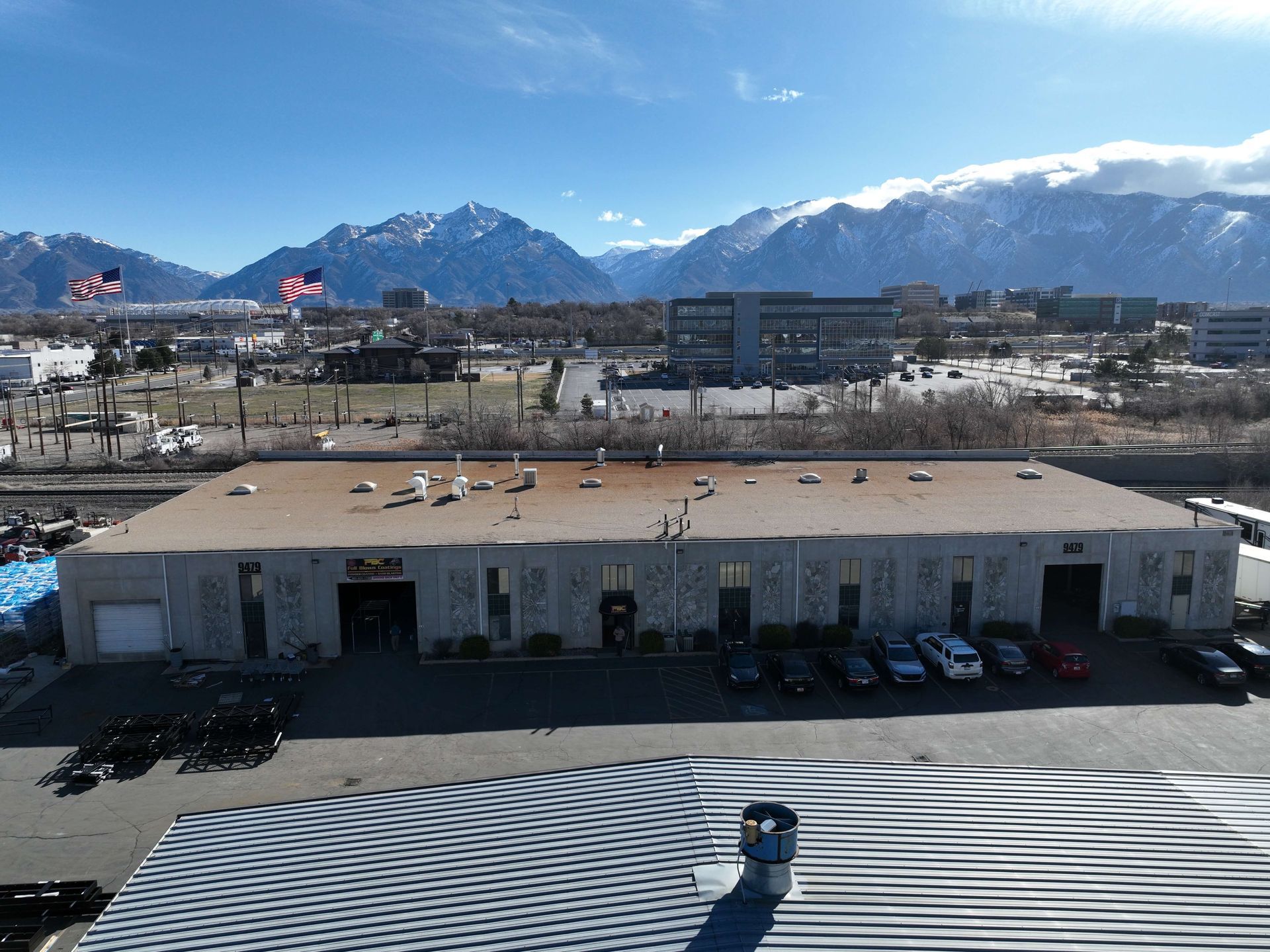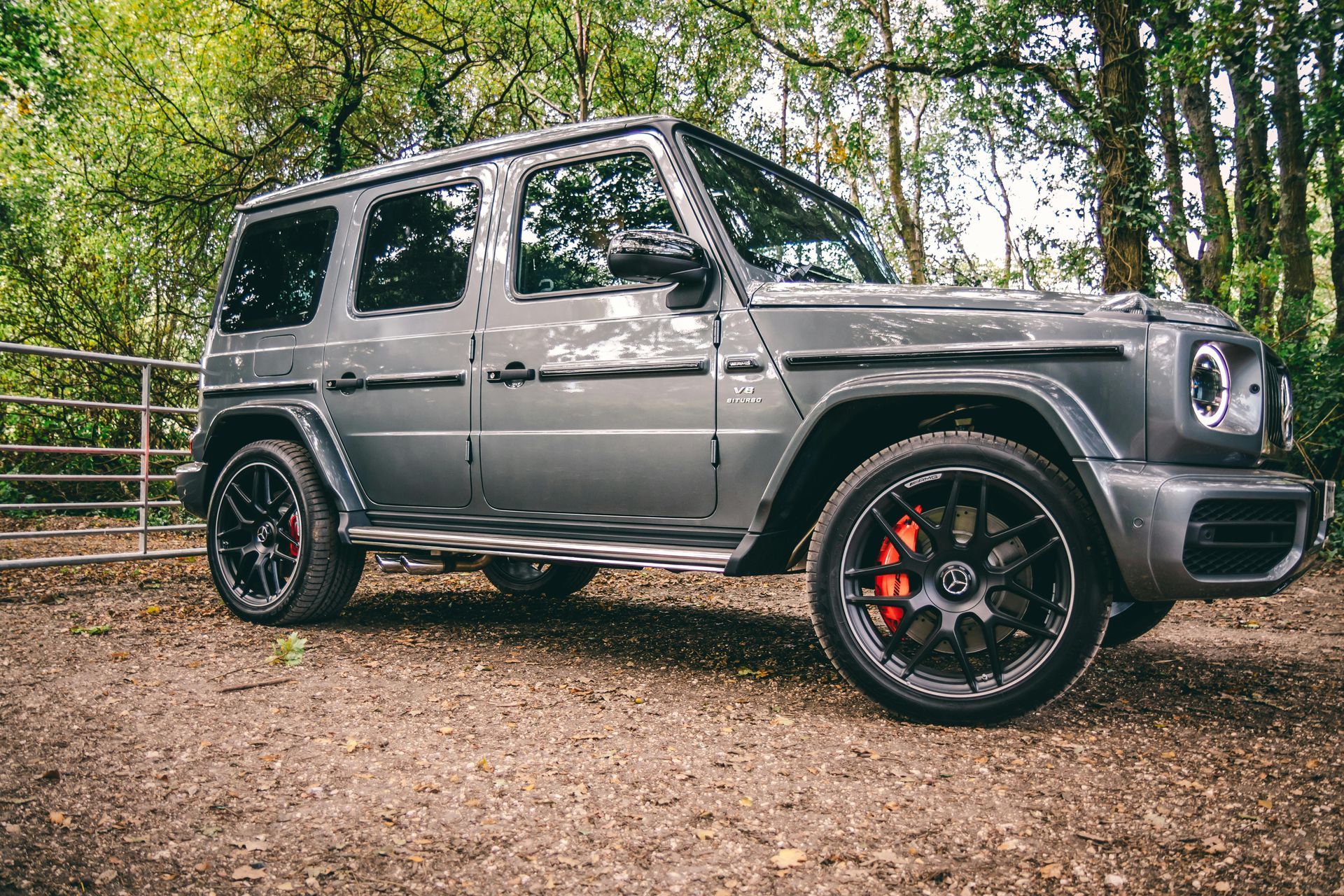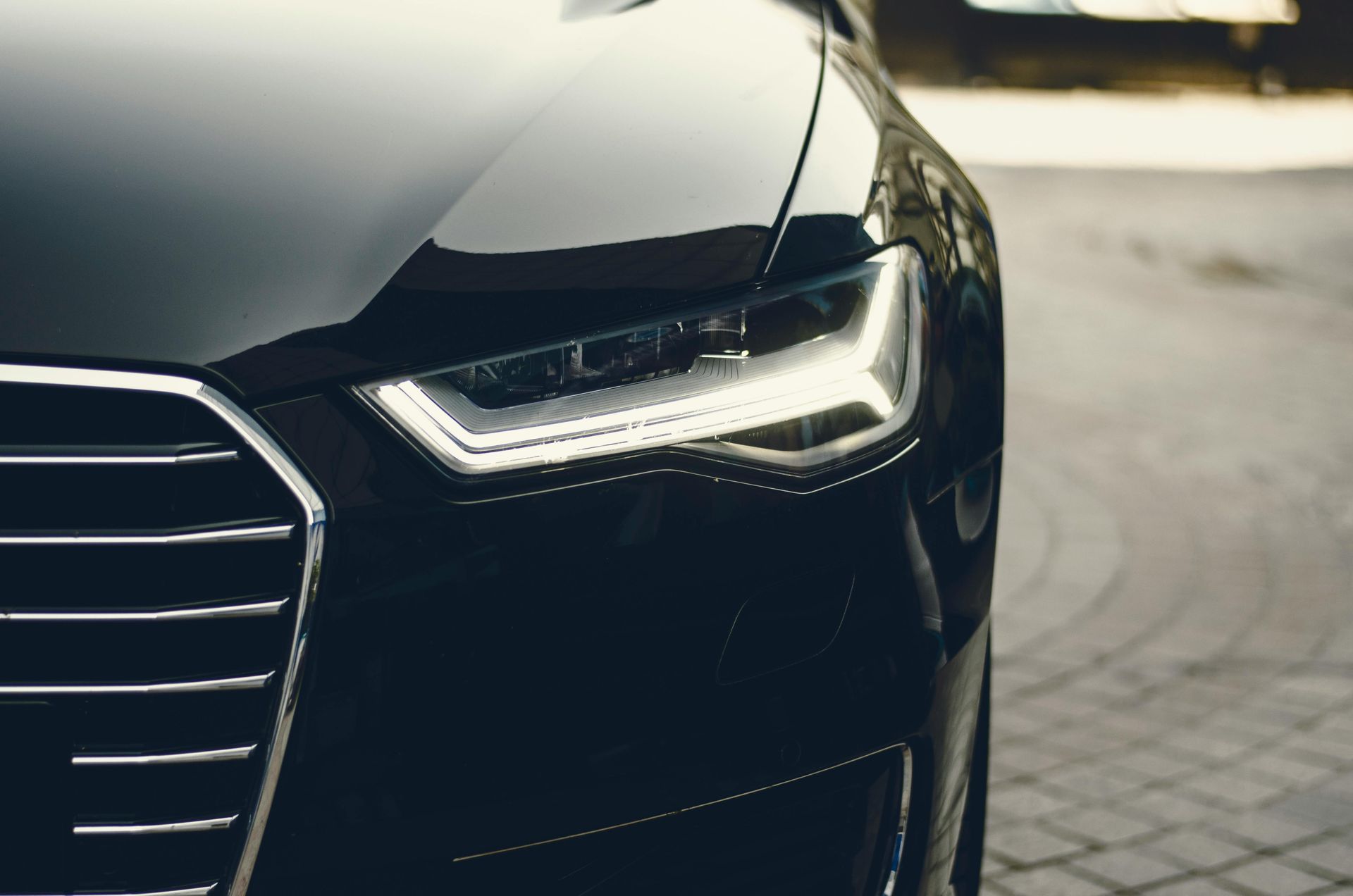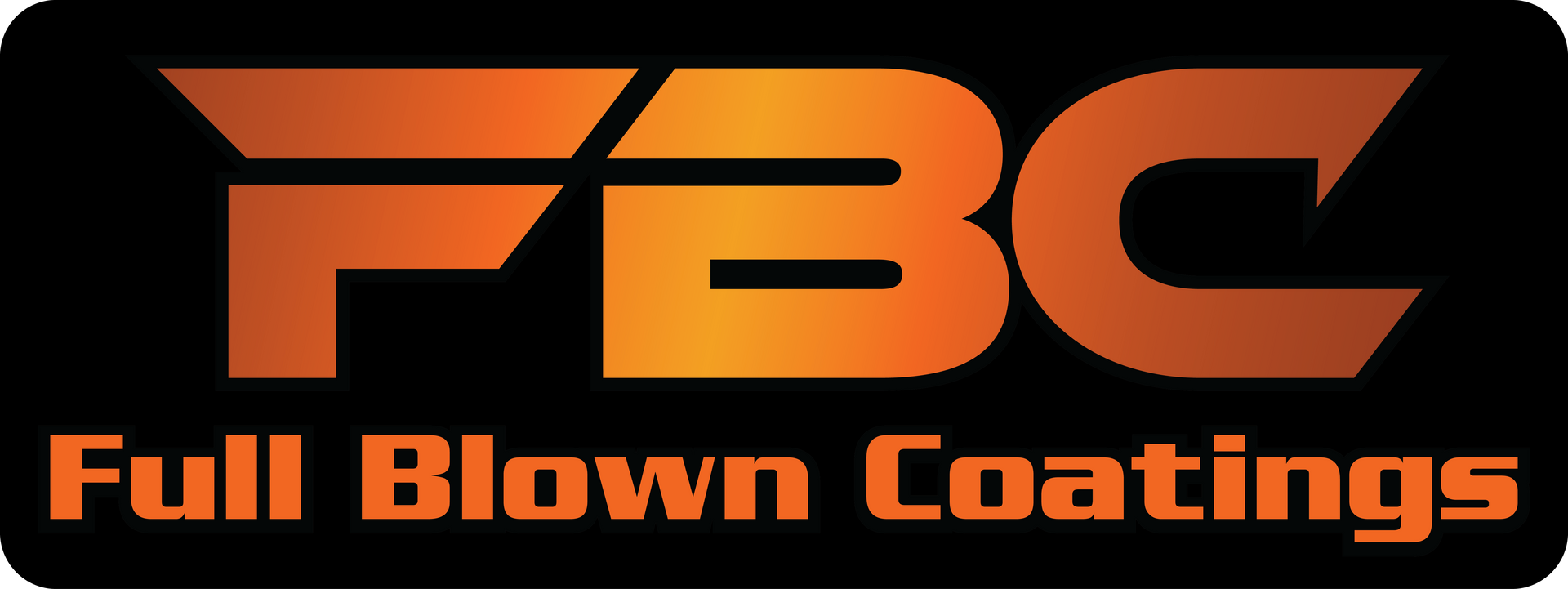Types of Sandblasting Media
Sandblasting Media: Choosing the Right Option for Your Metal Finishing Project
When it comes to powder coating, metal finishing, or surface restoration, the quality of your prep work often determines the quality of the final result. At the heart of that prep work is sandblasting—and more specifically, the choice of sandblasting media.
At Full Blown Coatings, serving communities across Salt Lake County, Utah County, Davis County, Weber County, and Cache County, we know that using the right blasting media makes all the difference between a flawless powder coating job and one that flakes or fails prematurely.
Whether you're a DIY enthusiast or a business owner looking for professional powder coating services, understanding the various types of sandblasting media is essential to making an informed decision. In this article, we’ll break down the most common media types, their advantages, and how we apply them in real-world scenarios.
What Is Sandblasting Media?
A Quick Overview
Sandblasting media refers to the material propelled at high velocity to clean, strip, or texture a surface before it undergoes coating or finishing. These media types vary in hardness, shape, and material—each producing different results depending on the project’s goals.
Think of it like choosing the right grit of sandpaper: too coarse, and you may damage delicate surfaces; too fine, and you won’t get proper adhesion for your finish.
Why Media Choice Matters
At Full Blown Coatings, we often say: “Great powder coating starts with great blasting.” Using the wrong blasting media can:
- Warp delicate materials
- Fail to remove rust or paint effectively
- Leave behind surface contaminants
- Create poor adhesion conditions for powder coating
Choosing the right media ensures that the metal is cleaned, textured, and ready for high-quality coating that lasts.
Common Types of Sandblasting Media
1. Garnet
- Best for: Rust and paint removal on steel and aluminum
- Pros: Angular shape for aggressive cleaning; recyclable; low dust
- Anecdote: We used garnet on a set of vintage farm equipment brought in by a client from Farmington. The aggressive cut removed decades of rust while maintaining the integrity of the steel.
2. Glass Beads
- Best for: Light surface finishing and peening
- Pros: Gentle on soft metals; leaves a smooth, satin finish
- Anecdote: A customer from Logan requested a non-glossy, vintage look for his aluminum motorcycle frame. Glass bead blasting gave the metal a clean, uniform matte finish that paired beautifully with the black powder coating.
3. Aluminum Oxide
- Best for: Tough jobs with thick coatings or corrosion
- Pros: Extremely durable; reusable; available in various grits
- Use Case: Ideal for prepping surfaces that require a rougher profile for stronger adhesion. We recently used aluminum oxide on a set of industrial brackets from a Salt Lake City manufacturer that needed high-durability coatings for outdoor exposure.
4. Walnut Shells
- Best for: Delicate metals, plastics, and wood
- Pros: Biodegradable; low-impact; non-abrasive
- Note: We use walnut shells when we’re blasting vintage automotive parts or thin sheet metals where preserving original contours is critical.
5. Steel Grit
- Best for: Heavy-duty industrial work
- Pros: Highly aggressive; quick removal of thick scale or coatings
- Downside: Can damage softer metals if not used correctly
- Anecdote: A client from Ogden brought in a trailer bed with years of paint buildup and corrosion. Steel grit cut through the layers efficiently, allowing us to apply a heavy-duty primer and black wrinkle powder coat that will last for years.
How We Choose the Right Media at Full Blown Coatings
We tailor our blasting process to each project by evaluating:
- Material Type: Steel, aluminum, cast iron, brass, etc.
- Project Goal: Strip, texture, clean, or polish
- Item Size and Shape: Intricate vs. flat surfaces
- End Use: Indoor décor, automotive parts, industrial machinery
“We never take a one-size-fits-all approach,” says our lead technician. “Every surface tells us how it wants to be prepped.”
What About Dust and Environmental Concerns?
Many customers from environmentally-conscious areas like Park City or Midway ask us: “Is sandblasting bad for the environment?”
We’re proud to use recyclable and low-dust media wherever possible. Garnet and glass beads, for example, are reused multiple times before disposal. We also operate in a controlled blast booth to contain media and reduce airborne particles, making our process both safe and eco-friendly.
Media Matters for Powder Coating Durability
Poor surface prep is one of the top reasons powder coating fails.
Without the right sandblasting:
- Powder won't adhere correctly
- Moisture can become trapped under the finish
- The coating may chip, peel, or bubble
With the correct media and proper blasting techniques, we create an ideal anchor profile for powder to bind to. This results in a longer-lasting, corrosion-resistant finish.
Real Results Across Northern Utah
We’ve helped clients from Orem, Layton, Brigham City, Syracuse, and Ogden achieve results they couldn’t get anywhere else. Whether it’s a set of bike frames, patio furniture, custom wheels, or industrial machinery, we adjust our blasting media to match your vision and application.
FAQs: Sandblasting Media
Q: Can I choose the media for my project?
A: Absolutely. We’re happy to explain your options and help you select the best one based on your goals and budget.
Q: Is sandblasting safe for vintage or delicate parts?
A: Yes—with the right media. We often use walnut shells or glass beads for restoration work.
Q: Will sandblasting damage aluminum?
A: Not if done properly. We adjust pressure and media choice specifically for aluminum and other soft metals.
Final Thoughts
If you're searching for sandblasting media expertise in Northern Utah, Full Blown Coatings is your trusted partner. Our experienced technicians, industrial-grade equipment, and tailored approach ensure every project is done right the first time.
Contact us today for a free consultation or drop by our shop to see the media in action. From Salt Lake County to Davis County, we’re here to help your project look better and last longer.
